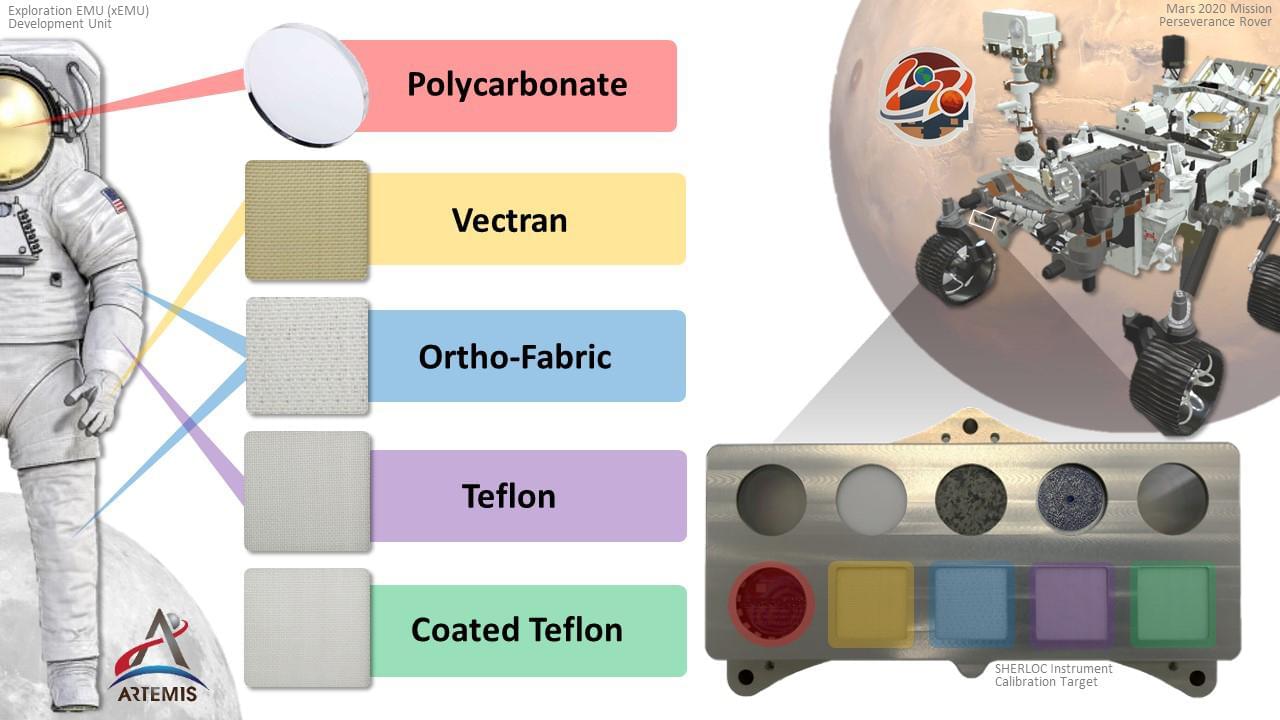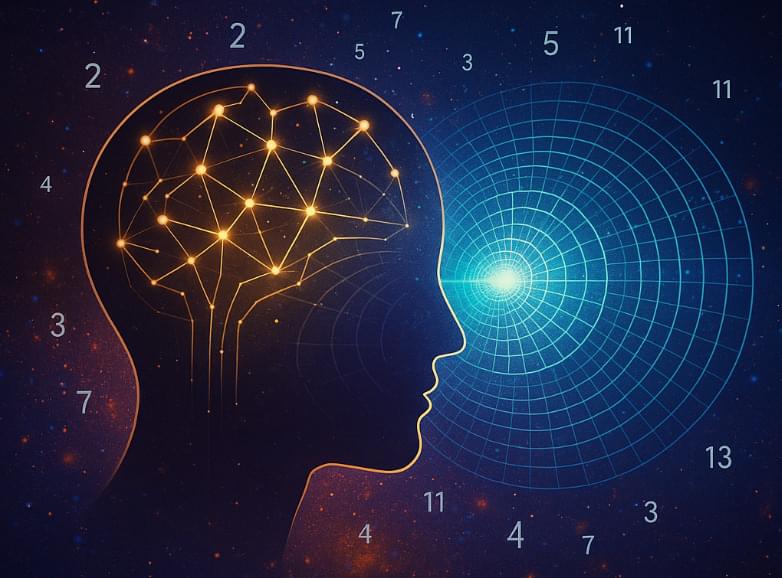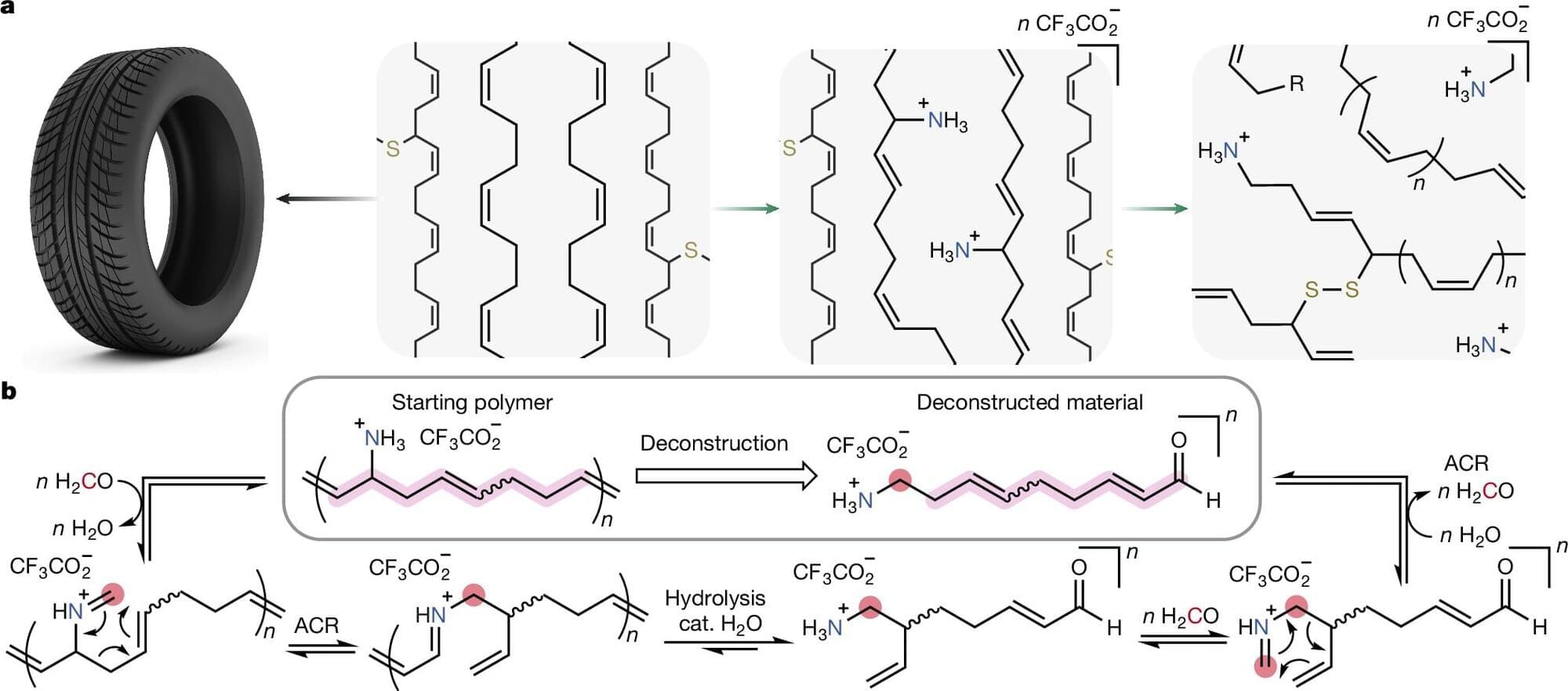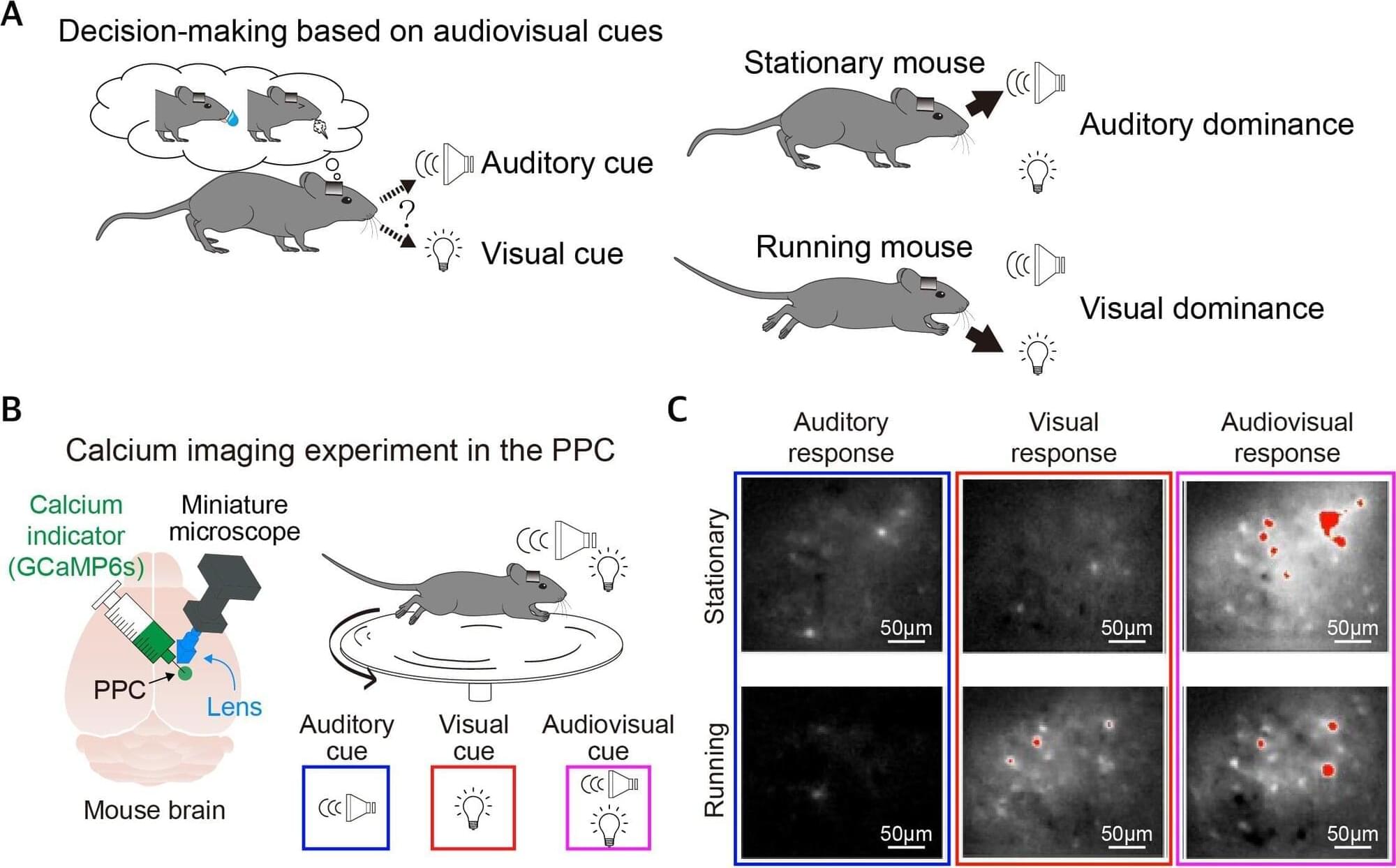Is there a cleaner and more environmentally friendly way for scientists to create lithium-6, which is a primary component in creating nuclear fusion fuel? This is what a recent study published in Chem hopes to address as an international team of researchers investigated safer methods for separating lithium-6 from lithium-7, which is a common procedure for creating nuclear fusion fuel. However, this procedure has long-required liquid mercury, whose exposure often results in sever neurodevelopmental disorders, including memory loss, along with lung, kidney, and nervous system damage.
For the study, the researchers discovered their novel method purely by accident while they were working with “produced water”, which is groundwater that is forced to the surface during drilling processes for gas and oil that needs cleaning before it’s pumped back underground, and this process repeats. To accomplish this cleaning process, a membrane is used to filter out unwanted components, during which the researchers found they were filtering lithium within this now-surface groundwater.
“We saw that we could extract lithium quite selectively given that there was a lot more salt than lithium present in the water,” said Dr. Sarbajit Banerjee, who is a professor of chemistry at ETH Zurich and a co-author on the study. “That led us to wonder whether this material might also have some selectivity for the 6-lithium isotope.”









